Walking the streets of Rome and visiting its palaces, one is continually reminded of sacred art’s glorious past. From Caravaggio’s moving depictions of conversion and calling, to Bernini’s magnificent columns and his sculpture of St. Teresa in Ecstasy, to Michelangelo’s masterful portrayal of the Last Judgment, pilgrims are beckoned by some of history’s greatest artists to raise their gazes to the divine. Art and faith seemed inextricably linked. Yet these remarkable works hearken back to a golden age of religious art that seems to fade further and further into history. The 19th century saw the birth of a secular and often anti-religious movement in art in western Europe, and the happy marriage of art and Christianity seemed shattered forever. Where is its legacy today? Does sacred art have a future?
There are some signs of a revival today, and a renewed awareness of the intrinsic bonds between Christian faith and art. In 1999, St. John Paul II wrote his evocative Letter to Artists in which he expressed his hope that “a new alliance with artists” could emerge for the Church in our time. He ends the letter with an appeal to artists, inviting them “to rediscover the depth of the spiritual and religious dimension which has been typical of art in its noblest forms in every age.”
One budding artist who was moved by the Pope’s appeal is Dony MacManus, 43, an Irish artist who is trying to unite his artistic vocation with his vocation as an apostle of Jesus Christ.
Born in Dublin in 1971, MacManus graduated with a Bachelor of Design (1995) and Higher Diploma in Art and Design Teaching (1998) at the National College of Art and Design, Dublin, Ireland. He went on to receive $20,000 Millennium Scholarship Trust from the Bank of Ireland to do a Masters in Fine Art (2001) at the New York Academy of Art and also a $8,000 Scholarship from the NYAA to use a studio in Provence in the South of France. Shortly after September 11, 2001, he left Manhattan for Italy where he set up his studio first in Rome for a year and a half and then in Florence for the next year and a half. He returned to Dublin in 2004 to establish the Irish Academy of Figurative Art over three and a half years. In late 2007, he returned to Florence to establish Studios so as to continue working on large international commissions while training in apprentices and students in his Studios. You can find his work here.
Inside the Vatican was able to interview him recently at the Urban University in Rome. —The Editor
Tell me about how you became interested in art. How was this love born in you?
Dony Mac Manus: I suppose it goes back to my mom. She was a fashion designer and painter. My first experience as an artist was really when she gave me a bag of clay for my 7th birthday. At first I thought “What is this?” But then she showed me how to model the clay and I realized that I could make any toy I wanted. This was not one toy, it was every toy. I realized that sculpting was a way I could communicate.
I am mildly dyslexic and when I was in school I started falling behind and strayed away from my studies, hanging around with a bad crowd. But I had a shrewd tutor who realized that I had a real talent for art and challenged me to go to art school. I realized there was a place for me, and when I was 15, I really started taking it seriously and dedicating myself to it.
How did art and faith come together for you?
They really came together in art school. I started art school in 1990. I started taking my faith very seriously but I was in an extremely hostile, aggressive, anti-Catholic environment. Honestly, you can’t get more anti-Catholic than a post-Catholic, Irish art school. I kept my head about me, but just by being a practicing Catholic I drew hostility and a lot of unwanted attention. I would have people scream at me simply because I didn’t agree with their view of issues they confronted me with, such as abortion. In first year, I even complained to the student union about Halloween Party posters portraying a crucifix in completely irreligious way. So I learned to stand up for my faith.
Was it there that your interest turned toward sacred art?
Yes. My work, as for all honest artists, is an overflow of my interior life. My art depends on the quality of my devotional life. It is a transparency of the interior life. All artists, regardless of their inclinations, must be honest. Honesty is the prerequisite for real art.
So I realized I had to get off the fence. If you are an artist you have to be completely honest, and if you’re going to be honest in this environment, you are either with Christ or against him. That’s just the way it is. There I knew that this is a white martyrdom that has to be lived as an artist and I decided to go with it 100%.
That eventually got me kicked out of the sculpture department. I remember one day sitting in front of my tutor and he was so drunk that I had to hold him up. His room was filled with demonic images, and it was this fellow who was critiquing me, warning me that if I didn’t change my ways I would be out of the program. He didn’t approve of how I saw the world, but it wasn’t just that. My work wasn’t dark or nihilistic, which was really what he was looking for. He wanted me to conform to his vision of life and art, and there was no room for diversity or open-mindedness here.
What did you end up doing?
I transferred to the craft and metals department where I could do bronze casting, and I was able to get some silver and goldsmith work done, but even there I met with a very hostile environment. It was paradoxical because they gave me the lowest possible marks without failing me, and yet in the graduation exhibition I won the Society of Designers of Ireland award for graduate designer of the year for all of Ireland because of my work. The National Museum of Art also, which has a great tradition in silver, relaunched its contemporary silver collection using one of my works.
One of these awards I received was conferred by the president of Ireland and the faculty and director of the school had to be present to see me receive it, which was fun!
So that is Ireland, but do you think the art world today generally speaking is hostile to the Christian faith? This is the impression one can receive…
It depends. There is no space for Christians in the Irish art establishment, in my experience. And there is no other discipline that has been as radically deconstructed as the visual arts. But when I went to the New York Academy of Art in 1999 to pursue a master’s degree, I felt liberated. At least people there were actually talking about the truth in art — a visual truth. Most were, of course, typical members of the New York art establishment who wanted me to conform to the dictates of that society, but they weren’t nearly as aggressive as what I had encountered back home.
This was the year that Pope John Paul wrote his Letter to Artists and it blew me away. When I read it, I realized those were my marching orders. I took it as a letter to me personally. I felt I was summoned to bring the Church into dialogue once again with the visual arts.
How did that take place?
In my final Crits (the critique session, in which a student’s artwork is formally evaluated by a group of faculty and students) I did an academic study of the crucifix — made entirely of bones and muscles, studying the anatomy of Christ. It was a study of Corpus Christi, a contemplation of the carnal nature of God, applying Michelangelo’s theories about composition and anatomical form. It was in that context where I discovered the St. John Paul II’s theology of the body and it transformed my world. A priest friend from Opus Dei introduced me to it when he saw what I was trying to do with the piece and I fell in love with it.
I started studying it and teaching it every Friday night at my studio to a group of students from the New York Academy of Art. These were extremely talented art students from all around the world — China, Europe, Russia — who were hungry for the meaning behind their figurative art. They were taught everything except what it means.
Every Friday night students flooded in at 8 p.m. and they stayed until the school closed at midnight. From there we would take our discussions to the bars of Tribeca until 3 a.m. Theology of the Body on tap, if you will. And they couldn’t get enough of it.
In his Letter to Artists, St. John Paul wrote that the Church needs art, but then asked — provocatively — whether art needs the Church. Is this your experience?
Absolutely. People are searching for truth and beauty, and that is found in its fullness in the Church. I have had a number of students who were not even baptized Christians who have since come to the fullness of the faith, because it is what they were searching for. One of my students, Osamu Tanimoto, who is from Japan, was a non-practicing Buddhist who discovered the faith through art and has since been baptized by the cardinal archbishop of Florence. He asked me where this great beauty comes from, and I explained how it was deeply linked to the faith of the Church. He saw this immediately and it cut right through him, and he asked to become a Catholic. He realized he couldn’t produce this kind of deep beauty, not superficial kitch, without the faith.
I take it then you don’t believe in “art for art’s sake”?
No, that makes no sense. It would be like language for language’s sake. There is nothing more boring than a book written by a guy who just wants to show you how clever he is and how many words he knows. What a tedious book! If you want to read a great book, you are going to pick up Dostoevsky or Dante or Shakespeare where you have someone who knows how to penetrate the human condition and uses the gift of language to describe that to readers. Art is about truth and meaning. Artists try to communicate that.
How did you wind up founding several sacred art academies? Had you always wanted to teach?
I don’t consider myself a “founder.” I wish these academies had already existed and I could have just helped out. But I didn’t see anybody else stepping up so I felt that I had to do it. I saw people who had the capacity to do it, but for whatever reason, they weren’t doing it. I knew that I could bring people to the faith through my devotional art, but I also knew there are more talented artists than me. If they knew what I knew — I thought — how much more good could they do than I can do alone.
So you weren’t only evangelizing, you were preparing evangelizers, who would use their artistic talents to bring others to God?
Exactly. And I prayed: “God, do you want me to create beautiful art that brings people to the faith, or do you want me to train artists to serve you?” I knew that more could be achieved by creating an army of artists to serve the Church than just being myself alone. And I felt that I had the sufficient charism to do it, because of the following I had received already. I also felt that I had been given the very few necessary gifts. I don’t see my studio and my schools like Michelangelo’s studio, where I am projecting some kind of personal artistic greatness. I see it more like Ghirlandaio’s workshop, from which Michelangelo came. I see it like Perugino’s studio, which gave us Raphael. I want to train students that will be truly great artists, and who will outshine me. But I am not primarily interested in forming technically great artists. I am only interested in training artists, and serving artists, who want to serve Jesus Christ.
So where do you go from here? Is there any dream you have yet to achieve?
Oh yes. When I first read John Paul’s Letter to Artists I had a vision of a Vatican Academy of Art imprinted in my brain. That has been my mission ever since, and all that I am doing now I see as a preparation for this. This is my great goal. The Roman art scene is a veritable desert compared to, say, Florence, and we definitely need this.

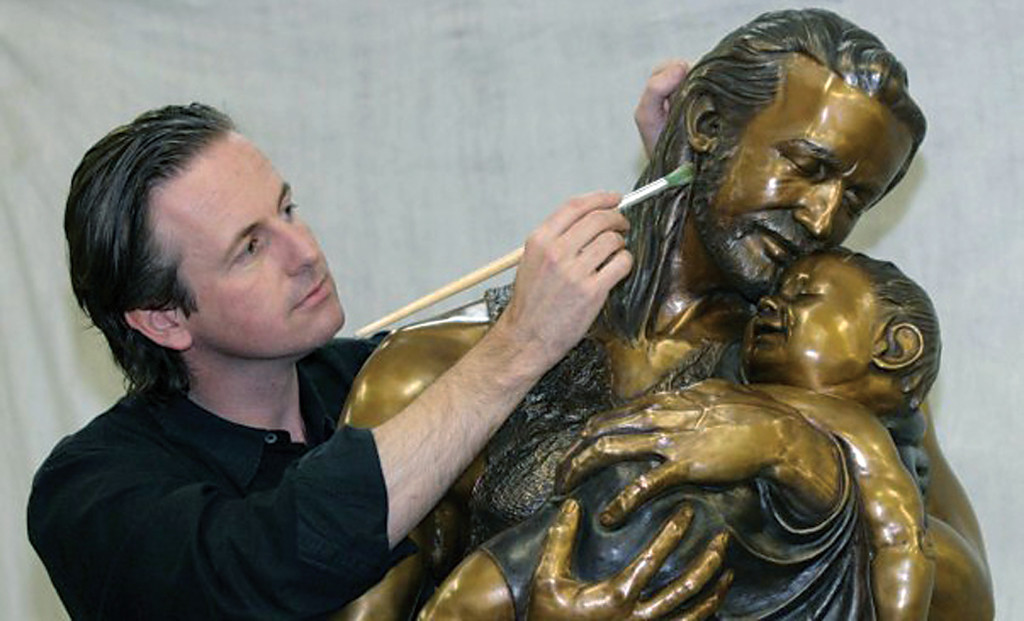
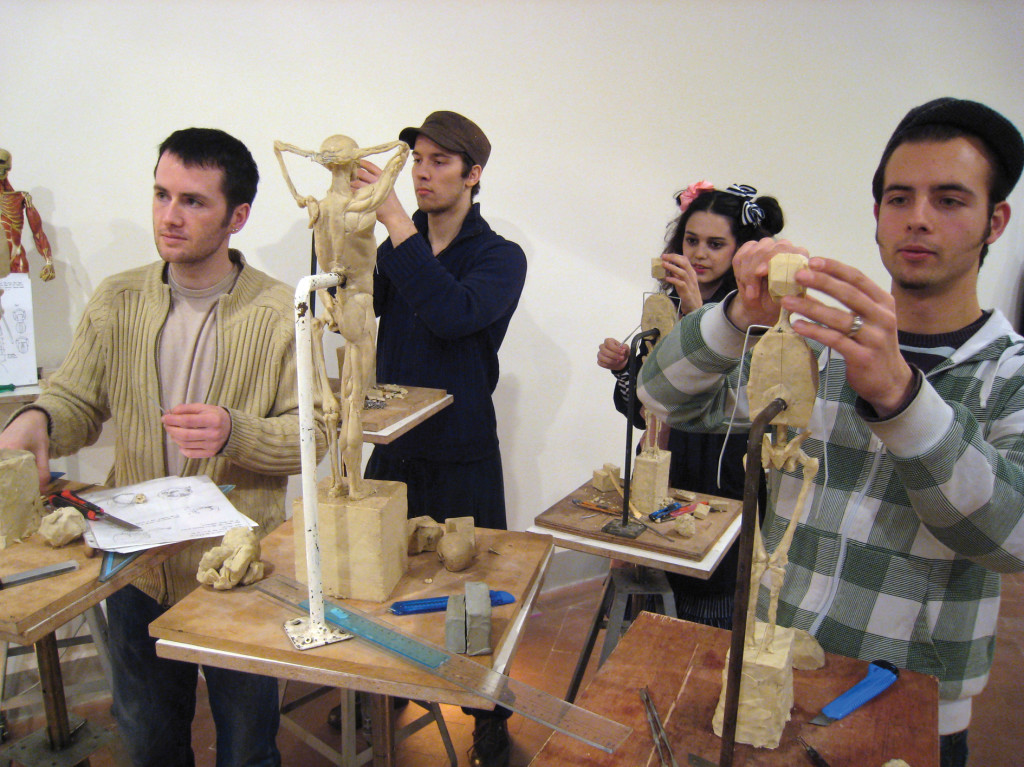

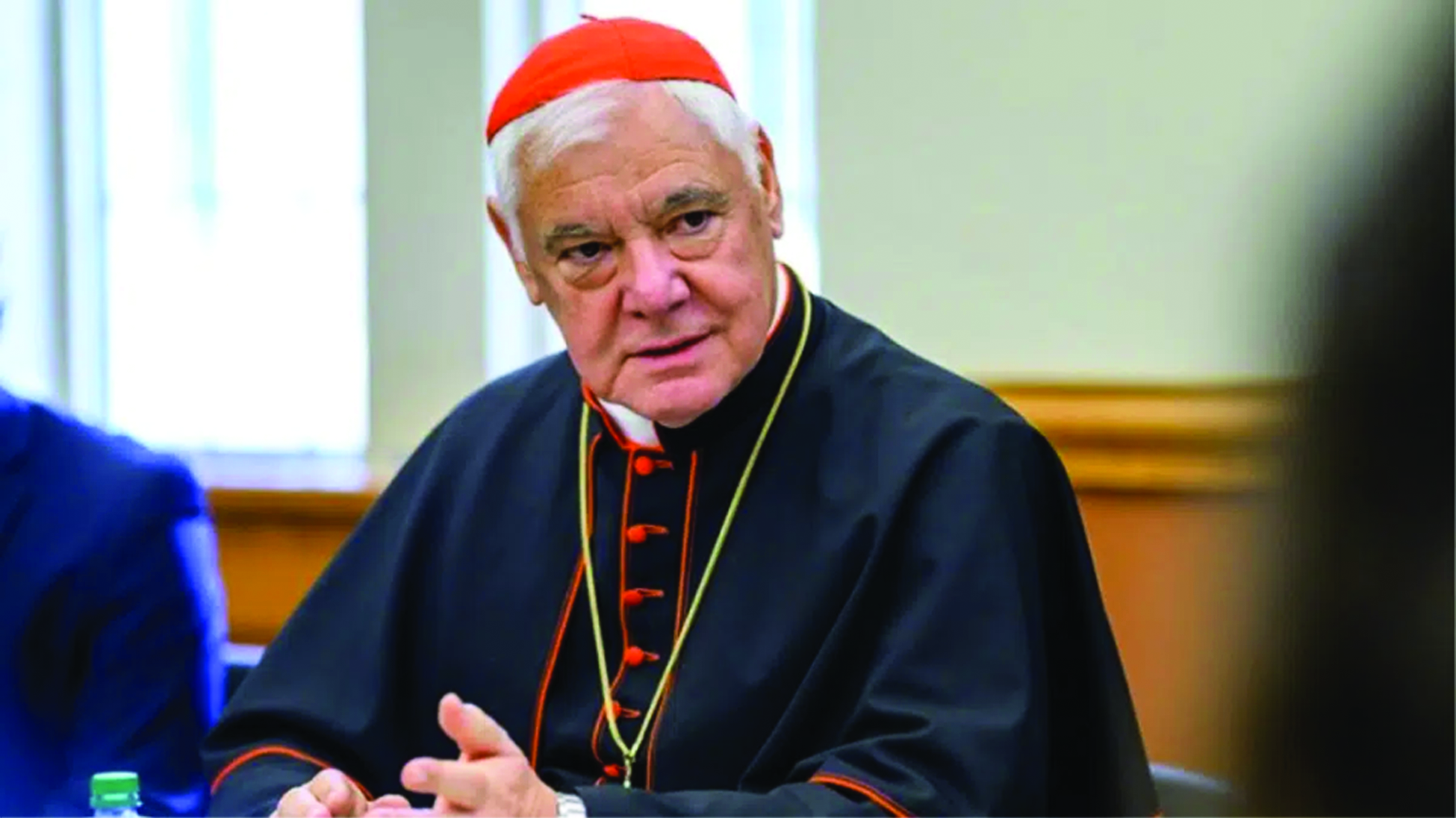

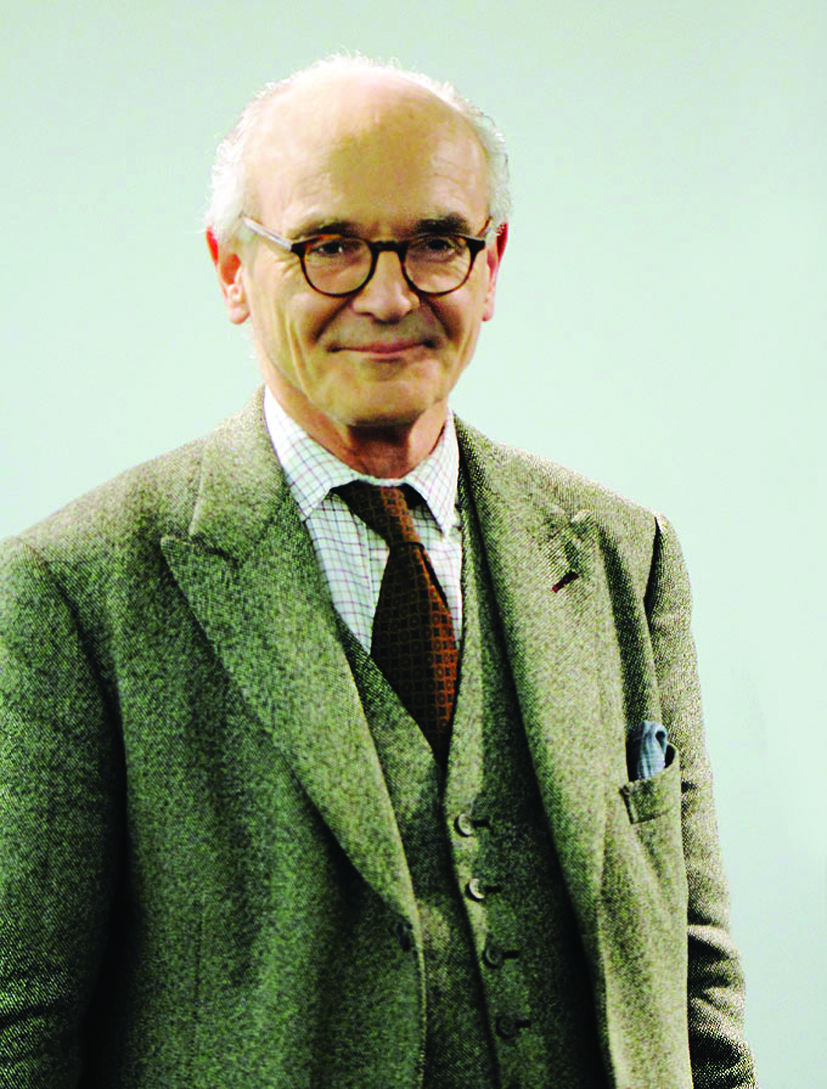
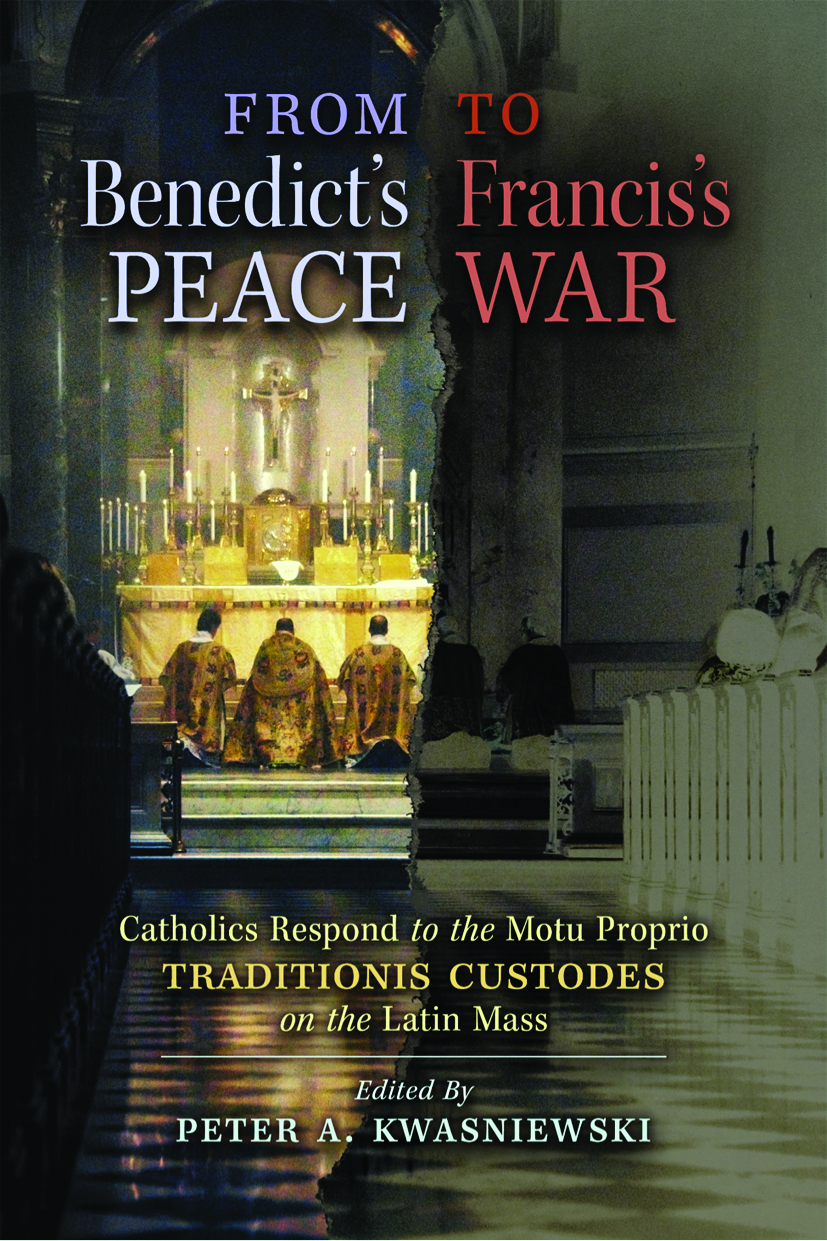
Facebook Comments